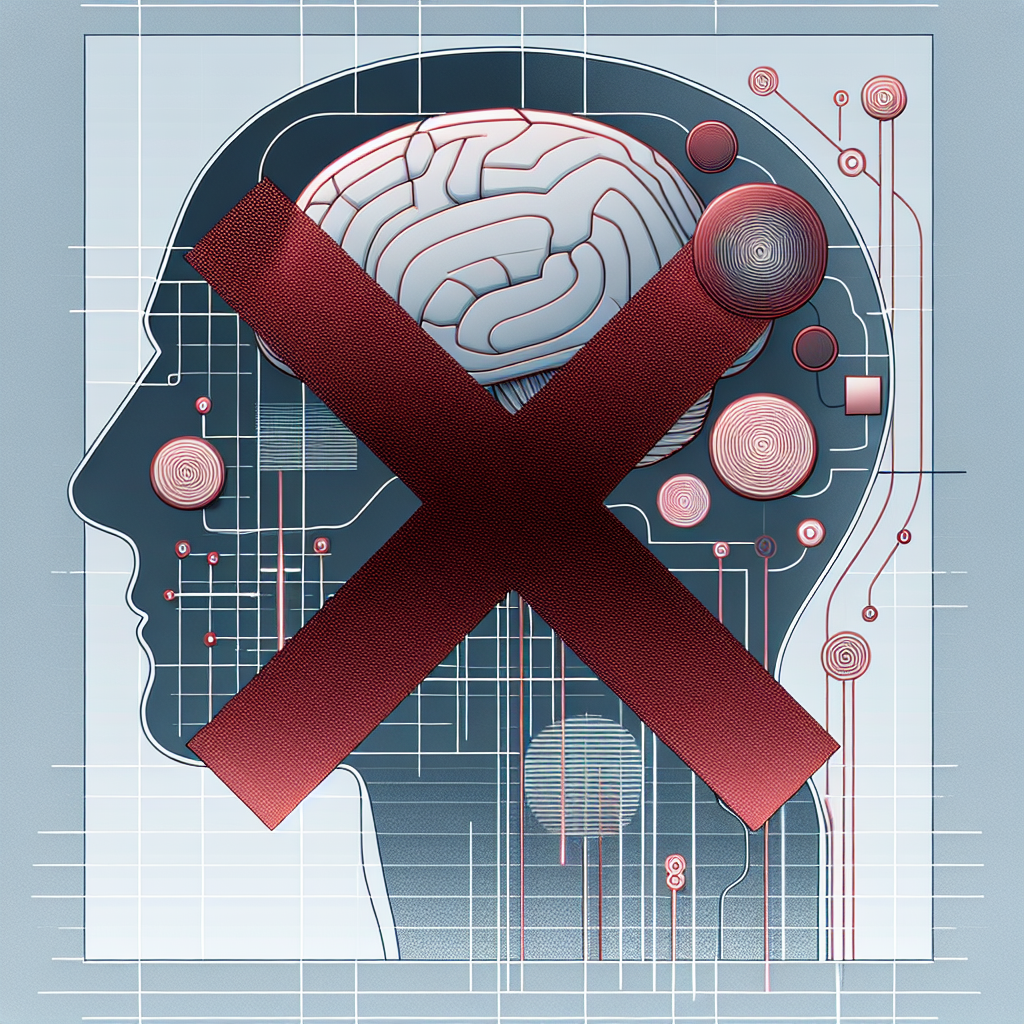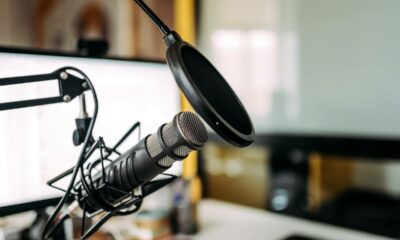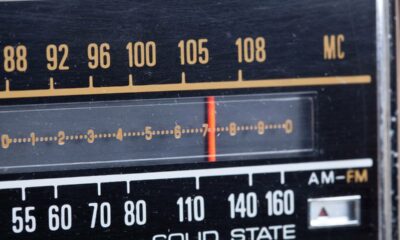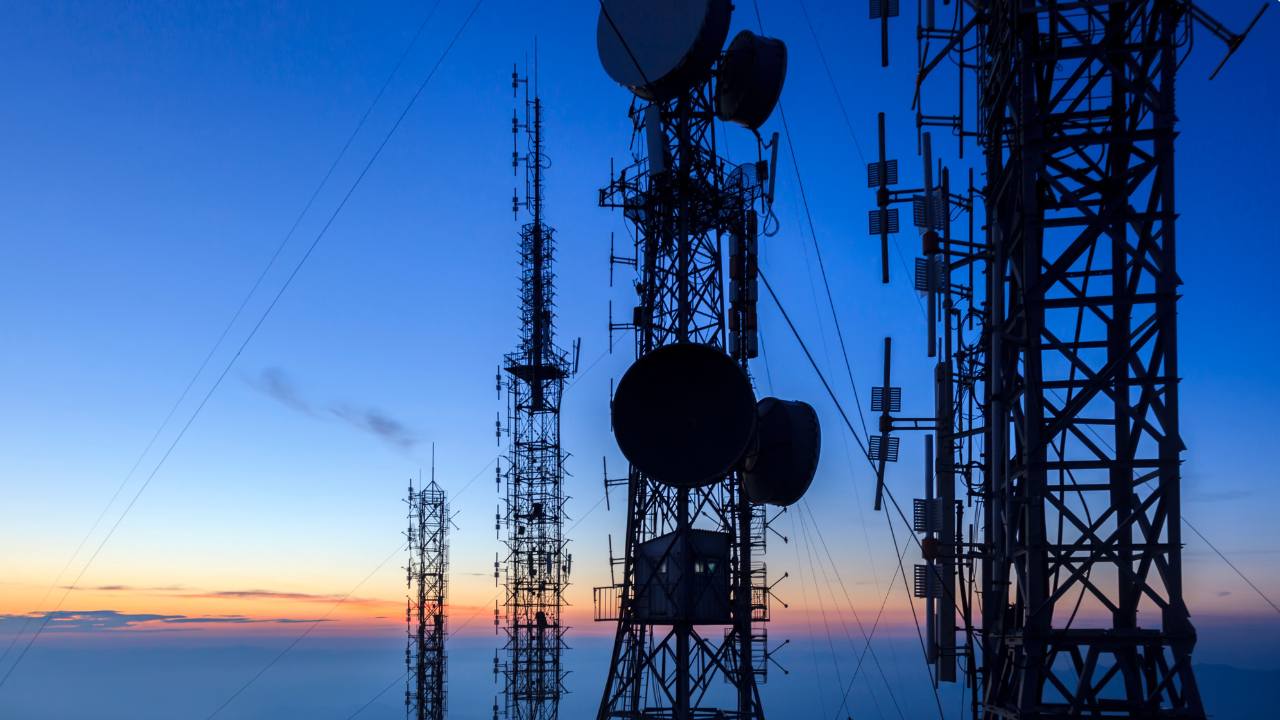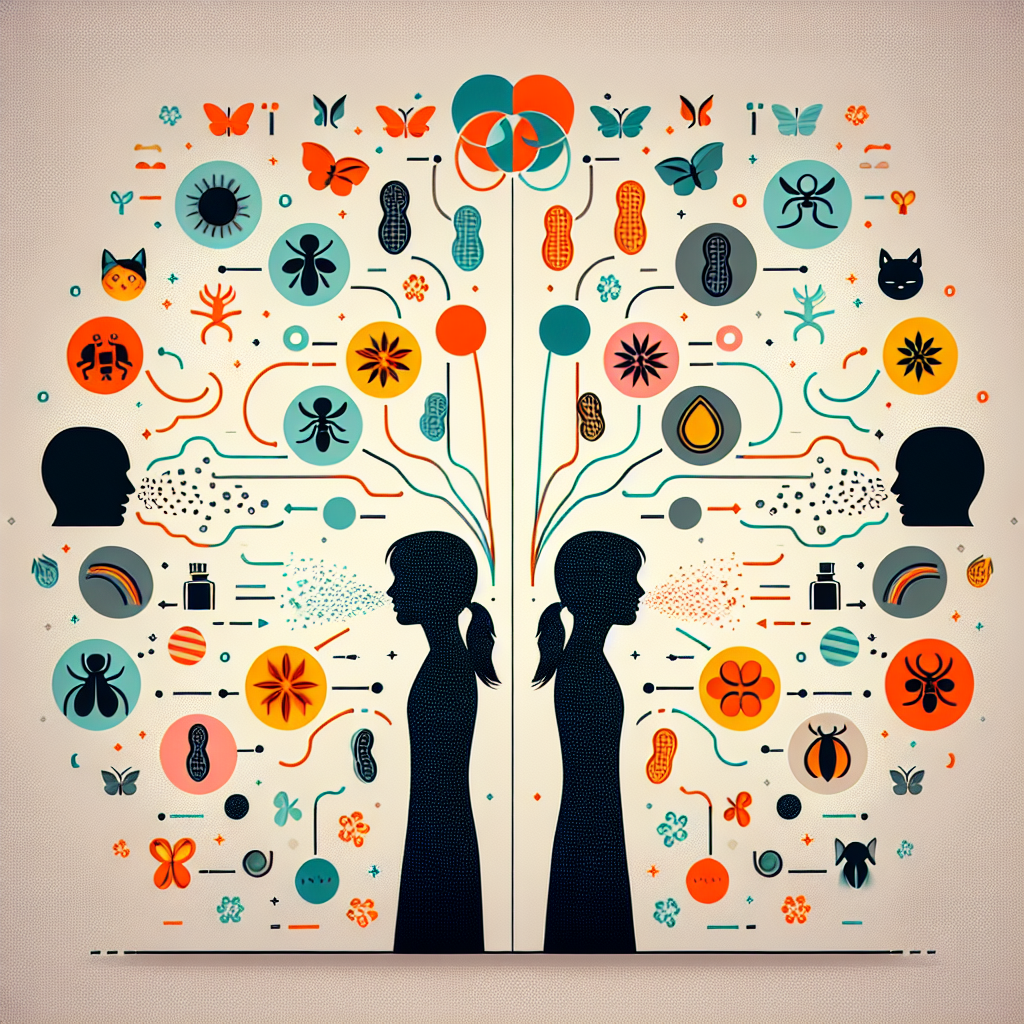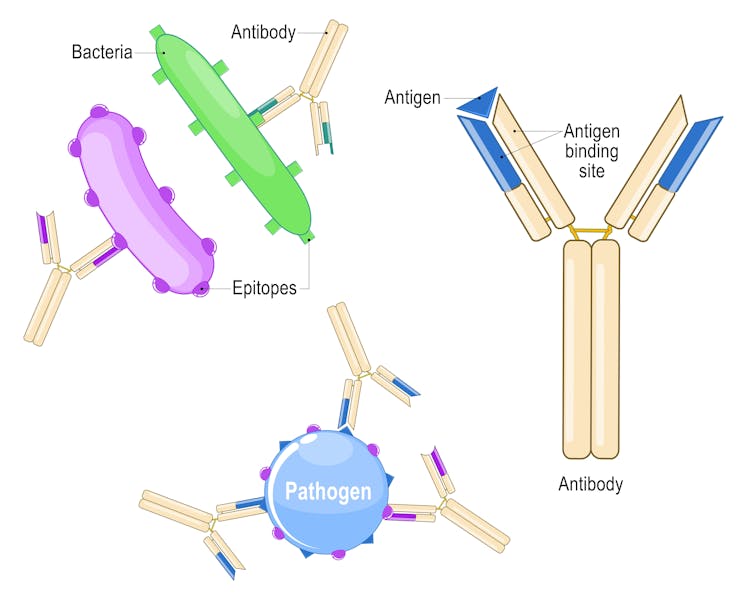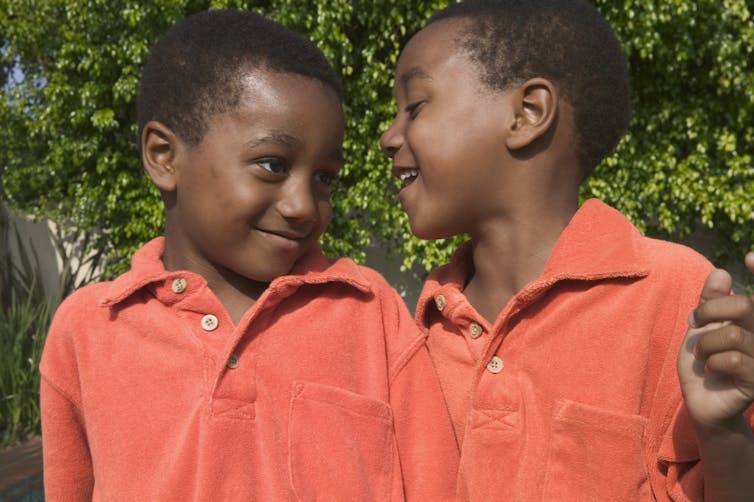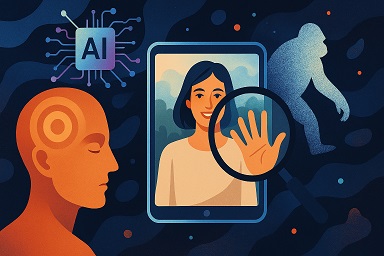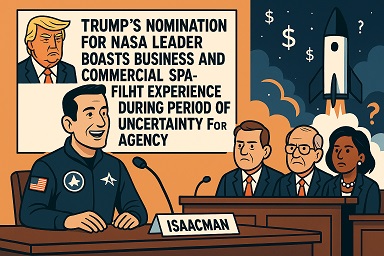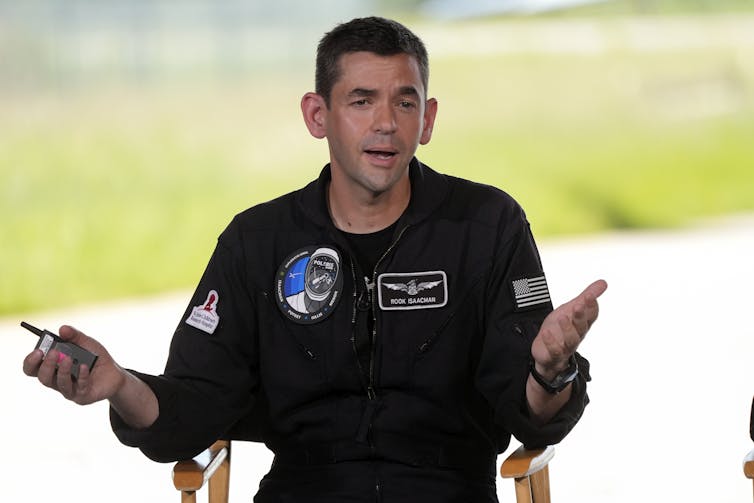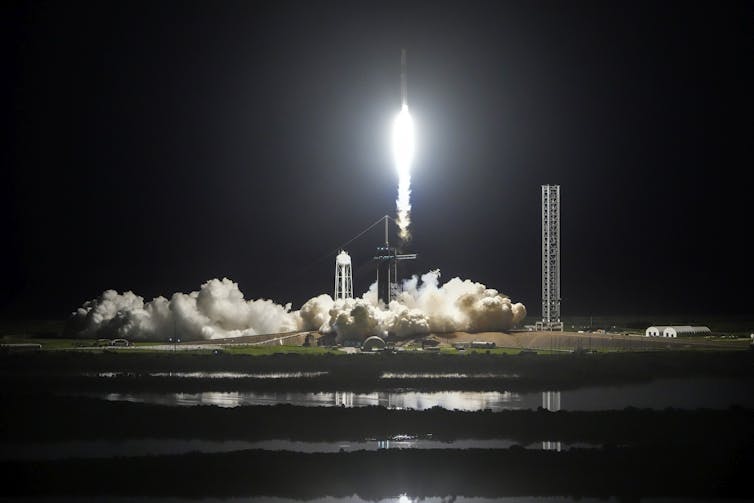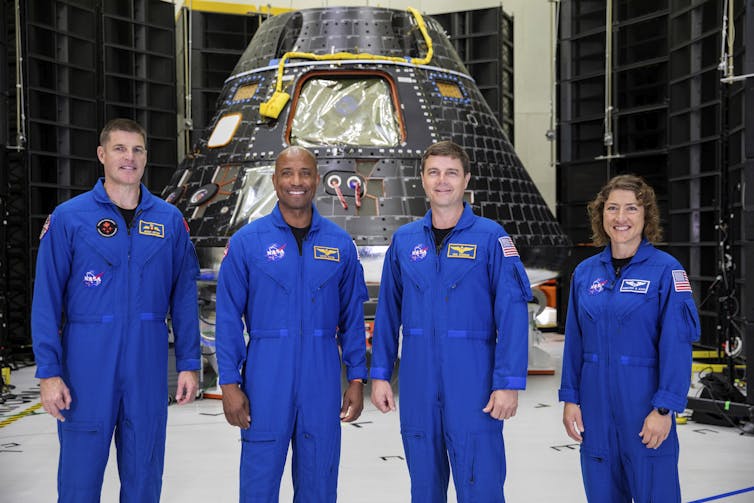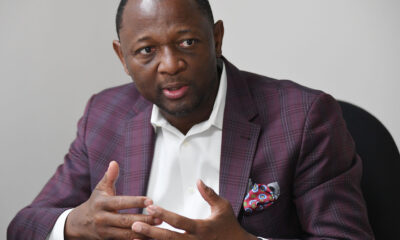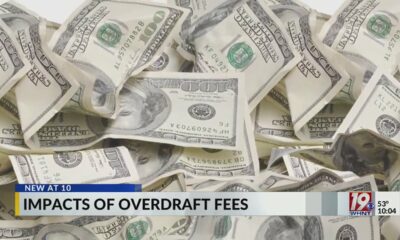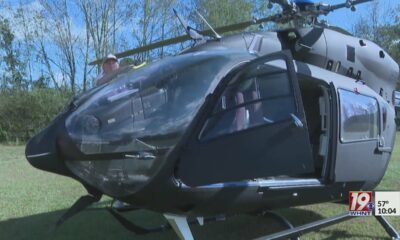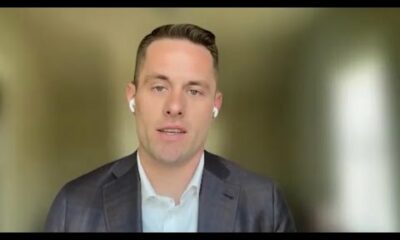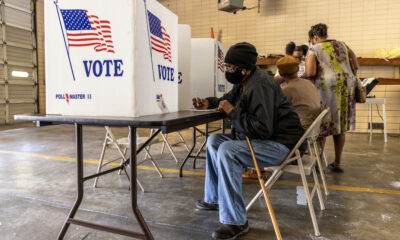
Westend61 via Getty Images
Gabrielle Principe, College of Charleston
In 1990, George Franklin was convicted of murder and sentenced to life in prison based on the testimony of his 28-year-old daughter Eileen. She described seeing him rape her best friend and then smash her skull with a rock.
When Eileen testified at her father’s trial, her memory of the murder was relatively fresh. It was less than a year old. Yet the murder happened 20 years earlier, when she was 8 years old.
How can you have a one-year-old memory of something that happened 20 years ago? According to the prosecution, Eileen repressed her memory of the murder. Then much later she recovered it in complete detail.
Can a memory of something so harrowing disappear for two decades and then resurface in a reliable form?
This case launched a huge debate between memory researchers like me who argue there is no credible scientific evidence that repressed memories exist and practicing clinicians who claim that repressed memories are real.
This controversy is not merely an academic one. Real people’s lives have been shattered by newly recollected traumatic experiences from childhood. I’ve seen this firsthand as a memory expert who consults on legal cases involving defendants accused of crimes they allegedly committed years or even decades ago. Often the only evidence linking the defendant to the crime is a recovered memory.
But the scientific community disagrees about the existence of the phenomenon of repressed memory.
Freud was the father of repression
Nineteenth-century psychoanalytic theorist Sigmund Freud developed the concept of repression. He considered it a defense mechanism people use to protect themselves from traumatic experiences that become too overwhelming.
The idea is that repression buries memories of trauma in your unconscious, where they – unlike other memories – reside unknown to you. They remain hidden, in a pristine, fixed form.
In Freud’s view, repressed memories make themselves known by leaking out in mental and physical symptoms – symptoms that can be relieved only through recovering the traumatic memory in a safe psychological environment.
In the 1980s, increasing numbers of therapists became concerned about the prevalence of child sexual abuse and the historical tendencies to dismiss or hide the maltreatment of children. This shift gave new life to the concept of repression.
Rise of repressed memory recovery
Therapists in this camp told clients that their symptoms, such as anxiety, depression or eating disorders, were the result of repressed memories of childhood sexual abuse that needed to be remembered to heal. To recover these memories, therapists used a range of techniques such as hypnosis, suggestive questioning, repeated imagining, bodywork and group sessions.
Did recovered-memory therapy work? Many people who entered therapy for common mental health issues did come out with new and unexpected memories of childhood sexual abuse and other trauma, without physical evidence or corroboration from others.
But were these memories real?
The notion of repressed memories runs counter to decades of scientific evidence demonstrating that traumatic events tend to be very well remembered over long intervals of time. Many victims of documented trauma, ranging from the Holocaust to combat exposure, torture and natural disasters, do not appear to be able to block out their memories.
In fact, trauma sometimes is too well remembered, as in the case of post-traumatic stress disorder. Recurrent and intrusive traumatic memories are a core symptom of PTSD.
No memory ≠ repressed memory
There are times when victims of trauma may not remember what happened. But this doesn’t necessarily mean the memory has been repressed. There are a range of alternative explanations for not remembering traumatic experiences.
Trauma, like anything you experience, can be forgotten as the result of memory decay. Details fade with time, and retrieving the right remnants of experience becomes increasingly difficult if not impossible.
Someone might make the deliberate choice to not think about upsetting events. Psychologists call this motivated forgetting or suppression.
There also are biological causes of forgetting such as brain injury and substance abuse.
Trauma also can interfere with the making of a memory in the first place. When stress becomes too big or too prolonged, attention can shift from the experience itself to attempts to regulate emotion, endure what’s happening or even survive. This narrow focus can result in little to no memory of what happened.

malerapaso/E+ via Getty Images
False memories
If science rejects the notion of repressed memories, there’s still one question to confront: Where do newly recollected trauma memories, such as those triggered in recovered-memory therapy, come from?
All memories are subject to distortions when you mistakenly incorporate expectations, assumptions or information from others that was not part of the original event.
Memory researchers contend that memory recovery techniques might actually create false memories of things that never happened rather than resurrect existing memories of real experiences.
To study this possibility, researchers asked participants to elaborate on events that never happened using the same sorts of suggestive questioning techniques used by recovered-memory therapists.
What they found was startling. They were able to induce richly detailed false memories of a wide range of childhood traumatic experiences, such as choking, hospitalization and being a victim of a serious animal attack, in almost one-third of participants.
These researchers were intentionally planting false memories. But I don’t think intention would be necessary on the part of a sympathetic therapist working with a suffering client.
Are the memory wars over?
The belief in repressed memories remains well entrenched among the general public and mental health professionals. More than half believe that traumatic experiences can become repressed in the unconscious, where they lurk, waiting to be uncovered.
This remains the case even though in his later work, Freud revised his original concept of repression to argue that it doesn’t work on actual memories of experiences, but rather involves the inhibition of certain impulses, desires and fantasies. This revision rarely makes it into popular conceptions of repression.
As evidence of the current widespread belief in repressed memories, in the past few years several U.S. states and European countries have extended or abolished the statute of limitations for the prosecution of sexual crimes, which allows for testimony based on allegedly recovered memories of long-ago crimes.
Given the ease with which researchers can create false childhood memories, one of the unforeseen consequences of these changes is that falsely recovered memories of abuse might find their way into court – potentially leading to unfounded accusations and wrongful convictions.![]()
Gabrielle Principe, Professor of Psychology, College of Charleston
This article is republished from The Conversation under a Creative Commons license. Read the original article.
